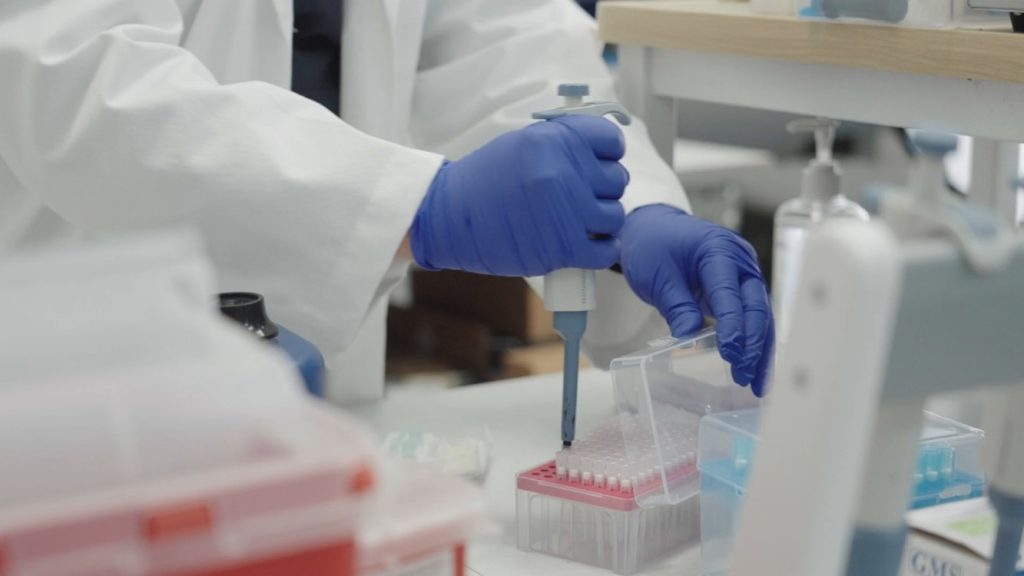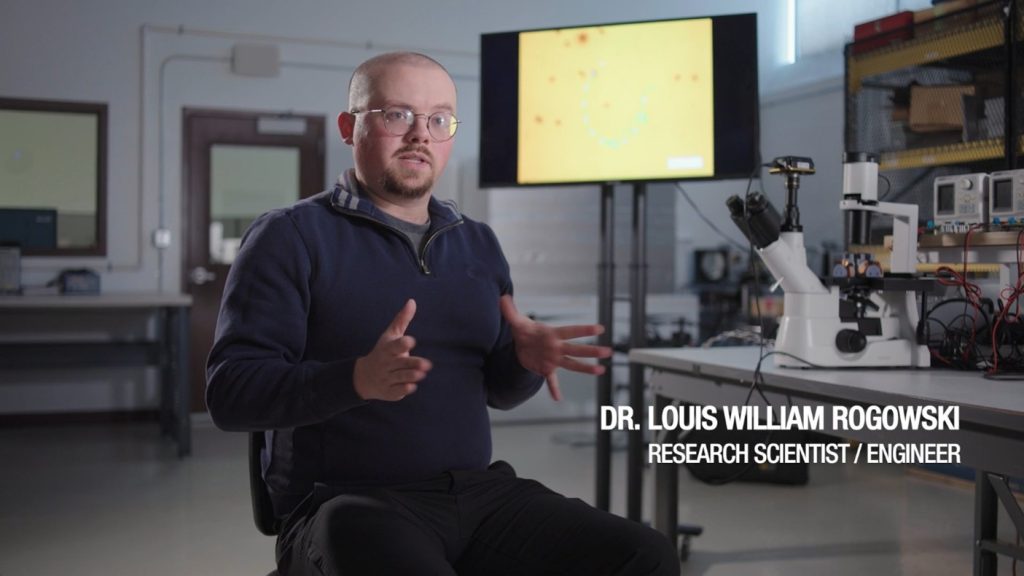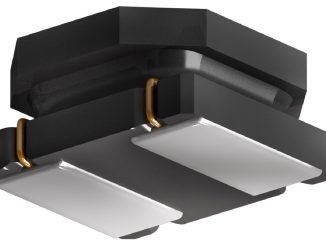
Taking advantage of small-scale physics, microrobots with inherent magnetic properties can be manipulated either with surface locomotion or made to swim through complex biological fluids in 3-dimension using a portable magnetic control system. Employing microrobots smaller than the diameter of a single human hair, the system is being applied to collaborative research efforts aimed at creating lifesaving treatments without the need for invasive surgery.
Developed by Applied Research Associates, a science and engineering research company based in Albuquerque, New Mexico, the system produces high power and high frequency rotating magnetic fields that are paired with a custom software suite that allows for users to collect data and develop custom experiments easily. The software was inspired by the company’s work in ground robotics, making it highly modular and expandable depending on situational needs. Data encryption and defense applications are also possible.

The microrobots can be made to deliver drug compounds using chemical functionalization along their surfaces or by encapsulating drug compounds. Using changes in biophysical properties within the body, these compounds can be made to disperse once in proximity to the target area. They are designed to be biocompatible, so they can be naturally processed by the human body.

“Due to their small size, microrobots could be leveraged for numerous applications from pharmaceutical research to data encryption & defense,” explains Dr. Louis William Rogowski, an ARA research scientist and expert in the field. “Specifically, within the field of biomedicine, microrobots could be used to provide alternative treatment options, like minimally invasive surgery and targeted drug delivery.”
“One example is improving chemotherapies, whereby anti-cancer drugs are loaded into a microrobot platform, navigated to a tumor site in the body, and made to release the drugs in a highly targeted manner, reducing overall side effects and shortening patient recovery times. Another example is heart surgery, where microrobots could be used to de-clog an artery without the risks involved in invasive surgery. While these applications are still long-term goals, they do a good job of highlighting the potential benefits of the technology. Achieving this potential is what drives research teams across the world, ARA included.”
“Long term, it is my vision that microrobotics technology will not only provide health benefits to civilians but also support the recovery of injured soldiers in the field. Of the 310 million major surgeries that occur globally, 15 percent of patients experience post-operative morbidities, 5 to 15 percent of patients require re-admission, and 1 to 4 percent of patients die within 30 days. Microrobots have the potential to reduce the severity of these surgeries, limit adverse side effects from drug regiments, and foster an overall healthier society. Developing tools to accelerate the treatment and recovery of combat injured U.S. service members will also help elevate our readiness level in face of future conflicts. In the short term, I fully expect microrobotics to become a more utilized tool in medical research, with laboratories exploring their possibilities in novel drug discovery and surgical treatments.”
Collaborative research will be key to continued progress, believes Rogowski. “Microrobotics research has always been interdisciplinary, pulling on engineering, physics, and biology to build viable microrobots for small scale navigation. We are at a point now where medical researchers need to be brought in on the ground floor, to not only build up microrobot treatment strategies, but also help move them into clinical pathways. ARA has focused on the control and manipulation of microrobots in biofluids, building a robust and portable control system that can be deployed quickly at research labs.
It intends to work side by side with medical researchers to better evaluate the effectiveness of drug carrying microrobots, pursue research opportunities, and move the technology closer to practical medicine. The company is working towards commercializing microrobot technology, introducing it to research groups who have heard of the technology but have yet to embrace it.
Founded in 1979, ARA has over 2,300 employee-owners at locations in the U.S. and Canada working in defense technologies, civil engineering, computer software and simulation, systems analysis, biomedical engineering, environmental technologies, and blast testing and measurement. See www.ara.com.



